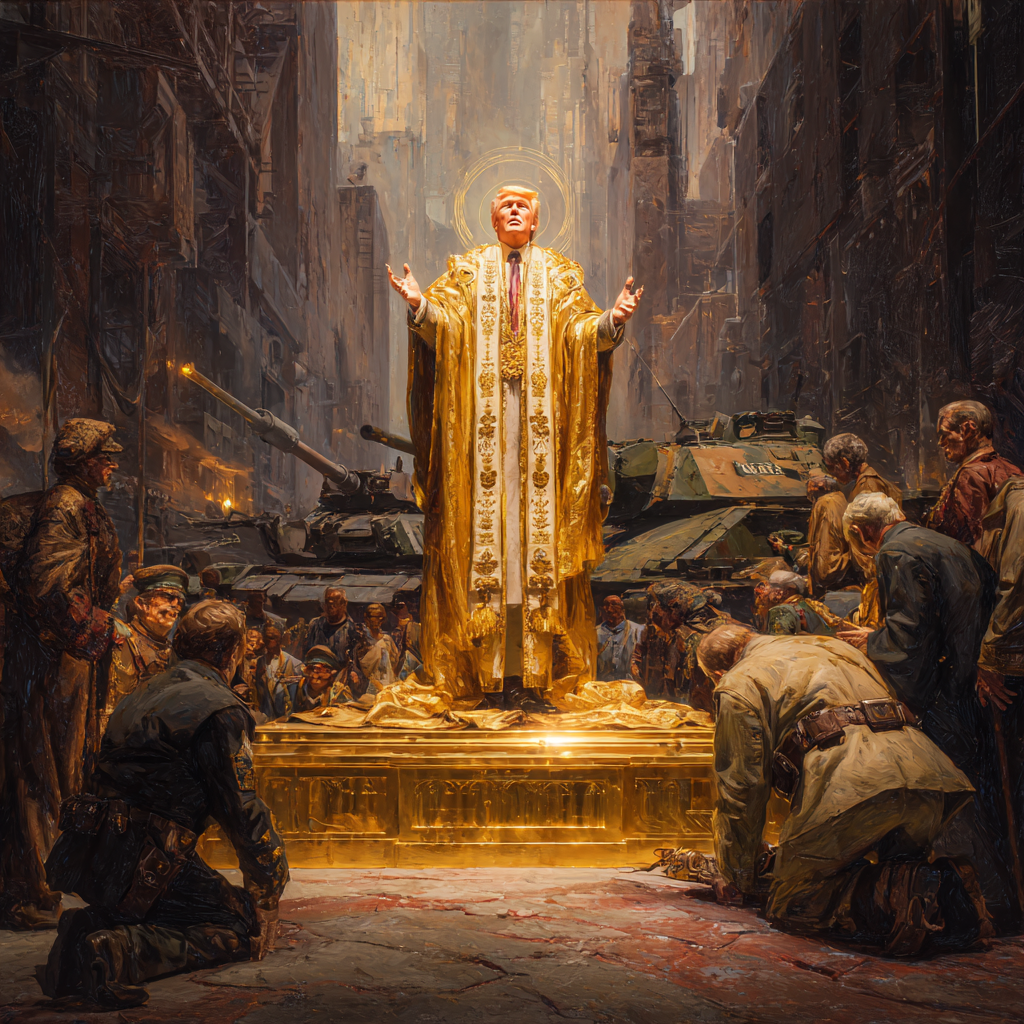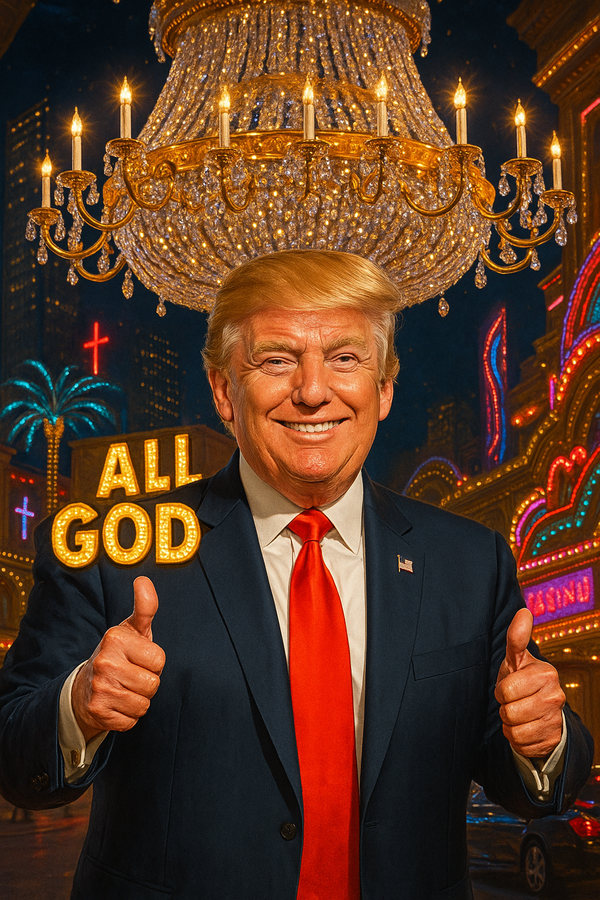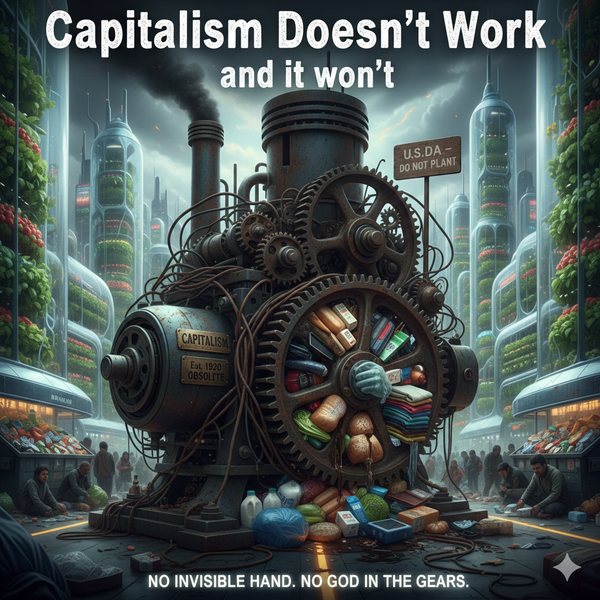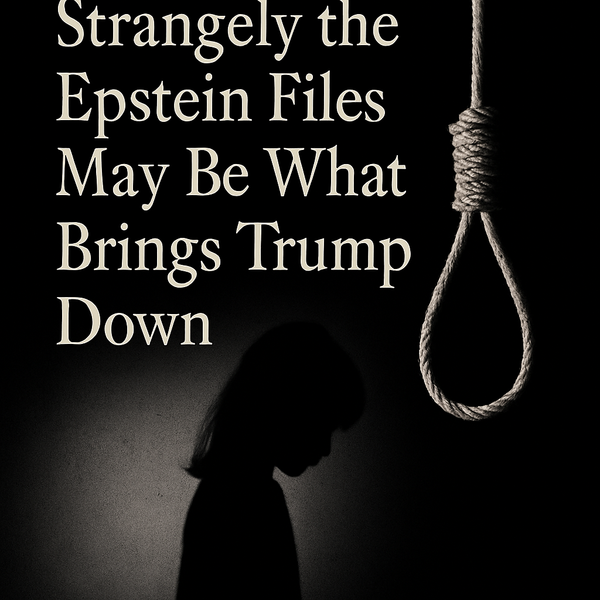Fear, Lies, and Distraction

His United States
Summary: Trump's authoritarian strategy was straightforward: manufacture crime emergencies in Democratic cities, deploy federal forces as "rescue operations," then assert that local governance is conditional on his approval. Despite crime data showing D.C. at 30-year lows and the most dangerous cities located in red states, he staged dramatic interventions from Lafayette Square to Portland—complete with unmarked vans and disappeared protesters. While orchestrating these spectacles, he systematically packed federal courts with loyalists who would later legitimize executive overreach through judicial precedent. The 2025 San Bernardino shooting by federal agents demonstrates how his rehearsals have become standard operating procedure, transforming democracy into personal property.
Fear as theater. Power as seizure. Democracy reduced to property.
Trump's authoritarian playbook was simple: invent crime crises in Democratic cities, send in federal forces as "rescue," then declare local rule conditional. We saw it from Lafayette Square to Portland—unmarked vans, Americans disappeared in the night. While staging street theater, he packed courts with loyalists to ratify the seizures.
The lie was obvious. D.C. crime sat at a 30-year low when he sent in troops. Eight of the top 10 most dangerous cities were in red states—Mississippi, Alabama, Missouri, Tennessee. But fear was the point, not order. Fear sold the spectacle, and Republicans echoed it without shame. [1][2]
That's why the distractions grow louder: caravans, "failed" cities, phantom emergencies. He called D.C. a "horror show of crime," declared a "tragic emergency," and told his followers it was "liberation day." Then he named Chicago, Los Angeles, New York, Oakland. Cities "so far gone" they needed to be taken back. The message was clear: your city belongs to him when he says so. Red-state Guard units patrolled the nation's capital; an occupation dressed as rescue.
The rehearsal was 2020: Lafayette Square cleared with gas, helicopters buzzing low, barricades thrown up while Republicans clapped. [3] Portland followed. Camouflaged agents swept protesters into unmarked vans. Kidnappings broadcast live—Americans disappearing at the hands of their own government. Trump called it "dominating the streets."
Each act of force was theater. Each "rescue" was a seizure. The applause line never changed: local rule is conditional.
Meanwhile, the courts. He knew boots could seize power, but robes would keep it. McConnell blocked Garland, rammed through Barrett. Three justices in four years, each chosen less for law than loyalty. And the results came quick: the Voting Rights Act gutted, agencies kneecapped, presidential immunity inflated to absurdity. [6][7][8] The seizures could now be rewritten as precedent, even "noble," once the robes spoke.
The show didn't end when he left the stage. In 2025, federal agents opened fire on a family car in San Bernardino County. Nobody died. This time. But the message was unmistakable: what he rehearsed, others are willing to perform. [5]
This is how democracies die—not with a single coup, but with repeated seizures disguised as rescues. Agents in the street, judges in robes, governors lending their Guard. Fear as script, power as prize.
Because in his United States, nothing belonged to the people anymore. It all belonged to him. And he doesn't intend to give it back.
Citations
- [1] Metropolitan Police Department of D.C., Annual Crime Data; Axios analysis of FBI data (2025).
- [2] FBI data analysis showing eight of top 10 most dangerous cities in red states (Axios, 2025).
- [3] Department of Interior Inspector General Report on Lafayette Square (2021).
- [4] CDC WONDER Mortality Database; FBI UCR (2020).
- [5] CBS Los Angeles; CNN; multiple news outlets, Aug. 2025.
- [6] Brnovich v. DNC (2021).
- [7] West Virginia v. EPA (2022).
- [8] Trump v. United States (2024).





